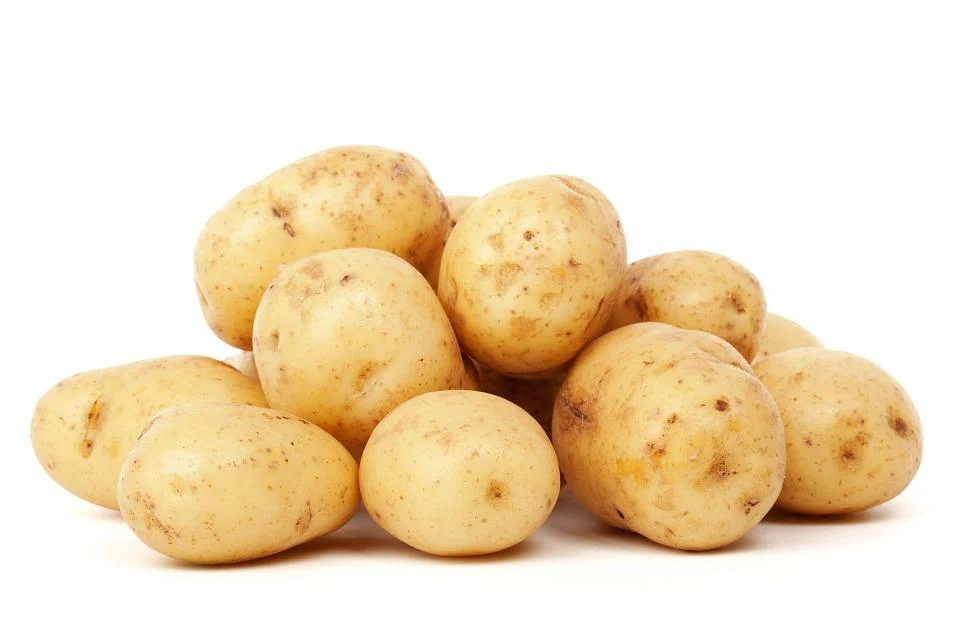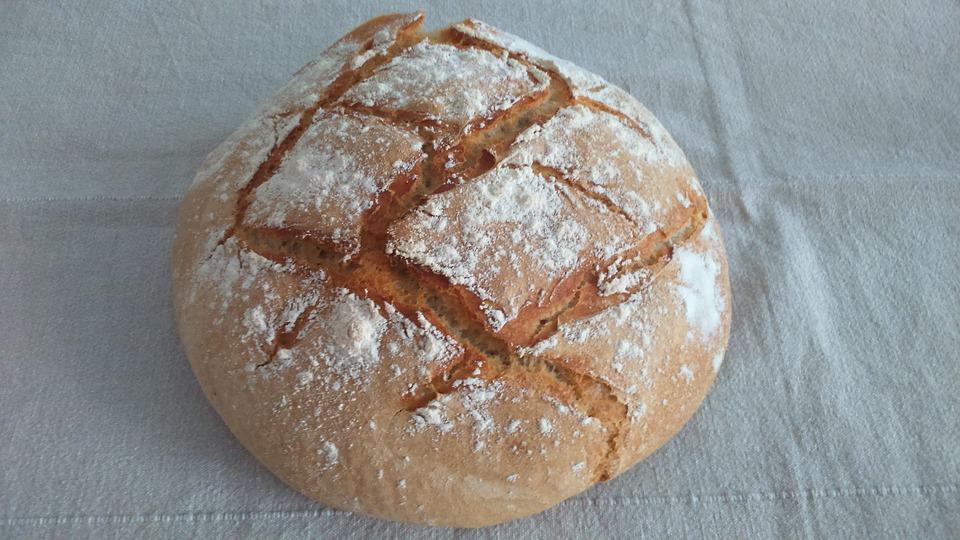Carbohydrates on the Low FODMAP diet

Carbs carbs carbs
I’ll just quickly clarify here. Obviously FODMAPs are carbohydrates in the scientific sense of the word. What I am talking about is the carbs you pair with a meal next to your protein and veggies or salad. One of the first things I reacted to on the first phase of the diet (the Low FODMAP phase) was that pasta and bread were less than ideal to include. This is because they are high in Fructans. This was heartbreaking for me as they are two of my favourite things in the world. Nearly all of my meals contained some sort of pasta or bread.
However, like I have mentioned in previous posts, I quickly learned to try to focus on all of the things that I could eat. So I thought I would make it easy for you and compile a list of even some of the lesser known carbs (as well as the obvious ones) that you may not have tried!
Potatoes

Super versatile and cheap! Potatoes do not contain FODMAPs at all so you can eat freely according to appetite. You can boil them, mash them, roast them, make them into soup, and even make chips . The list is endless.
Rice

I am happy to tell you that rice is another FODMAP free food. This includes nearly all kinds of rice, the exception being red rice which is has moderate amounts of GOS at 380 grams). Which quite frankly, is still a lot of rice. You can eat it to your hearts content. I’d love to be able to write that rice is also extremely cheap. I don’t know where you are from, but at the time of writing this I can tell you that the price of rice has skyrocketed recently!
However it is still a great way to bulk up your meals without having to worry about the FODMAP content. Just be careful not to go overboard though, you don’t want your calories getting away from you.
Rice noodles

I’m going to sneak this one in directly under rice. One could argue it is technically the same thing. However I wanted it to be in another section due to the fact I believe it broadens the range of meals you could eat. Plus it tastes totally different from eating rice. Anyway, unfortunately wheat noodles are no good, and egg noodles are just about ok if you eat half a serving, which if you’re bulking with other things might still be an option (check out the Monash FODMAP App). Rice noodles are perfect for all sorts of stir-fry and ramen dishes. They are both filling but still fairly light as noodles go, so definitely try them if you haven’t already!
Quinoa

This wasn’t one I was super familiar with prior to starting the Low FODMAP diet. It took me a little time to get into it I won’t lie. But now that I have, we have come up with some great recipes for you to try. You can buy different colours of quinoa, all have a slightly different texture and flavour. The most common is white, as it is the cheapest. I often buy a mix of all three (white, red and black). You can have 155 grams of cooked quinoa which equates to 1 serving.
Oats

One serving of rolled oats comes in at 52 grams, which is low FODMAP. This means your porridges and overnight oats for breakfast are safe! We’re already one step ahead with a great Low FODMAP overnight oats recipe for you to try out. Both filling and cheap, you can definitely keep these in your diet.
Sourdough bread

I know I said that bread wasn’t ideal on the Low FODMAP diet. However, the process used to make sourdough bread actually helps to break down the FODMAPs that are found in bread made from wheat flour. This makes it a lower FODMAP alternative to other breads. One serving (109 grams or two slices) is deemed to be low enough in FODMAPs by the Monash scientists to be compatible with the first phase of the diet.
Test out the gluten-free ranges
If the above examples weren’t enough to keep you busy experimenting for a while, you can always look into gluten-free products. Many shops have an ever-growing range of gluten-free products, such as pastas and breads, as well as biscuits and cakes. A word of caution on gluten-free products, it isn’t actually the gluten that is the problem when it comes to FODMAPS, it is the fructans in the wheat. Therefore, not all gluten-free products are automatically Low FODMAP as it can depend on which flour they substitute into the product. More often than not they are absolutely fine, so just make sure to check in the ingredients that the flour-bases they use are still Low FODMAP.
So, I hope you’re feeling more optimistic about conquering the carbs in the Low FODMAP phase of the diet. My top tip overall for this diet is to try to keep it simple for yourself. Find a few ingredients that you love that are Low FODMAP, and go from there. And remember, the first phase of the diet isn’t forever, so you’ll soon be able to re-introduce and test your tolerance for all of the foods you love. Check out our guide to see if you’re ready for phase two of the diet: re-introduction!

